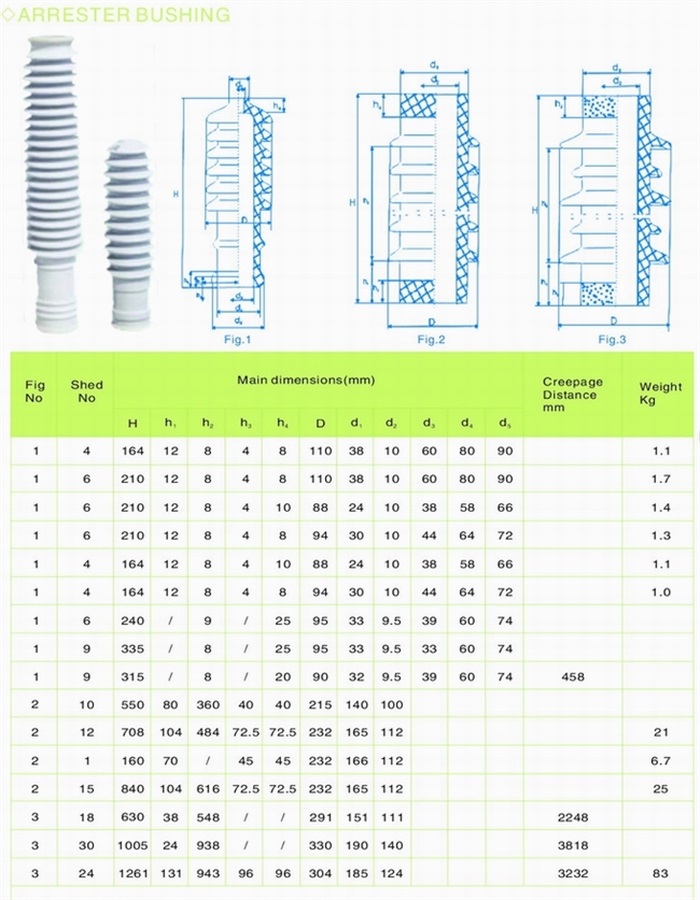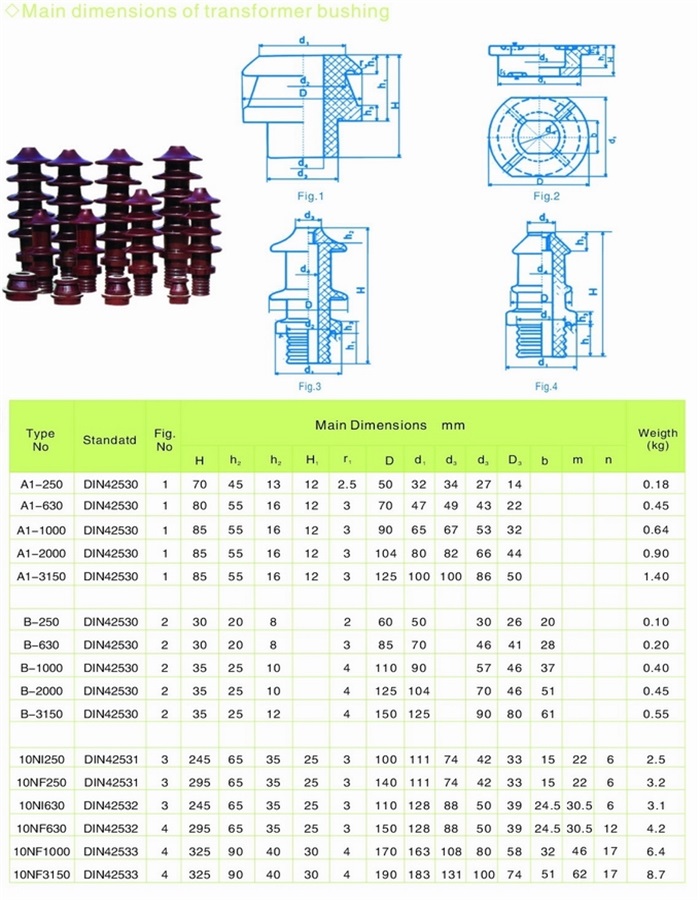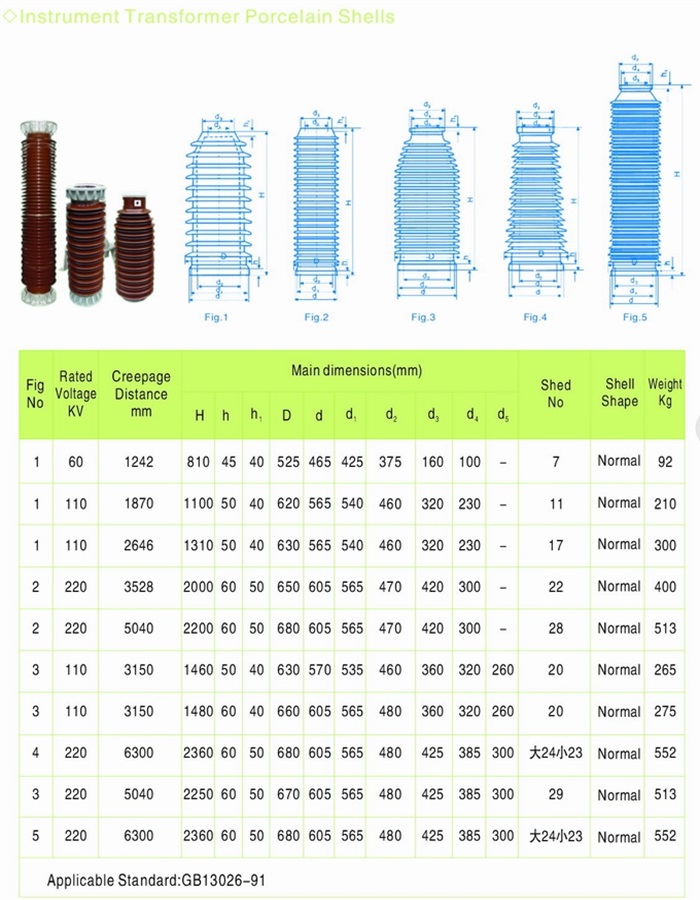Three ways to help you better test wireless network performance
Quantifying the network to experience individual users has always been a difficult task, and the challenge of measuring wireless network performance is even higher.
Because the WLAN environment is really complex, there really isn't a single tool that can measure every aspect of wireless performance at once. In general, the best approach network supporters can take is to use as many tools as possible to map out the health of the wireless environment as much as possible. The goal of this work is to understand how "healthy" the network is, and to determine the amount of Wi-Fi bandwidth consumed by each client at a particular location in the network at a particular moment.
Finding the right tool is just half right
When portraying a large network environment view, we not only know which tools are available, but also understand that getting the data provided by each tool is only half of the total work. If your large network contains a complex network management system (NMS) such as Cisco, Aruba, etc., then you may not be able to support diagnostic tools for smaller environments such as UbiquiTI or AirTIght. However, even if the best "built-in" method can help us understand the current network state, then in addition to understanding some simple indicators of WLAN, such as "AP normal / disconnected" and client count, how each method helps us understand deeper levels The problem?
Built-in method
Whether it's an NMS, an enterprise wireless access (AP), or a client device used, they usually report some valuable knowledge to us, such as:
• Client devices: There are many different situations here. The MacBook Pro can view the specific AP (MAC address) it is connected to, the data transfer speed of the AP, and the signal strength and quality of the signals received by the WLAN adapter. Windows PC or Android smartphones can only see the data transfer speed.
• AP/Controller: On the management interface, we can view the connected clients in real time, their service set identifiers, connection details and the number of traffic transmitted. However, traffic types are usually not seen here.
• NMS: There are many variations of the network management system, some are simple monitoring tools, and some are configuration frameworks with powerful reporting tools and analysis engines. Depending on the specific NMS vendor and licensing method we use, we may be able to view the applications used by each client centrally or separately, as well as the “cleanliness†of the overall situation, which can be measured by any AP in the system – including the current Measured values ​​and historical measurements. In addition, there may be some simple client-side troubleshooting tools that report an error in the authentication or related process that occurs for a given client.
These basic support elements are often used to determine if the wireless side of the system is functioning properly, but they are often unable to determine the latency of some critical services (such as DNS) or determine whether a client in the WLAN can play network video properly. Often, we must purchase additional tools to deal with these issues.
Service assurance and application performance management
The service guarantee of a wireless network refers to verifying the network through real and virtual transactions to determine its key performance indicators (KPIs). You or the test platform vendor are responsible for defining these KPIs. They may include DNS resolution back to the AcTIve Directory backend, SpoTIfy response speed, or various other metrics. The high-end products in this space are hardware-based sensor stacking devices that continuously measure KPIs and then report the data to the management server (7signal and Spirent Communications' Axon are both). These platforms are powerful in their ability to target large WLAN environments that have the money and the willingness to ensure absolutely reliable Wi-Fi performance in complex environments. At the same time, because the market-leading Wi-Fi system and the necessary NMS support systems are expensive, I prefer to know the service guarantees they provide—rather than buying more than one layer of hardware.
Other service assurance tools are more strategic, and only a few KPI considerations. One of my favorite products is the AirCheck platform for each version of Fluke Networks. AirCheck has a standalone handheld device and an application version that supports Windows and Android devices. Its pricing method allows multiple employees to share a single copy, supporting measurement of DNS, DHCP, streaming media and a full set of on-demand testing. If the price of 7signal or Axon is too high, then any WLAN environment can purchase a version of AirCheck or other similar tools according to your needs.
Beyond WLAN, it is the application performance management that attracts a lot of people. In this area, companies like eBay and PayPal can use products like Crittercism and AppDynamics to determine the performance of their services on the mobile side. While these wireless network performance services are not standard on the WLAN administrator's toolbox, they do have many service assurance tools that we might use. From this perspective, they are worth knowing.
Client apps and browser-based tools also have some help
There are many apps that perform basic testing of network performance from a variety of client locations, including the use of a wide range of Speedtest.net applications (supporting iOS and Android devices) and Ixia's Mobile Chariot Endpoint. If you can let users install the same application, then test it on the same terminal and report the detection of the failure, then even the free version is worthwhile. However, there are some difficulties in the details; testing the same speed test server in the same location, my double-step 11ac tablet will have different results than the first generation iPad. Both of these results have their own value, but you must carefully draw the final conclusions based on the raw data.
Although we've only talked about some superficial things, I hope that readers have a general understanding of the various ways that can help administrators test the WLAN user experience. For most people, the Wi-Fi environment has been neglected for a long time since it evolved into a major infrastructure segment. As more clients and network services enter, wireless networks increasingly need us to look after them. It is. WLAN complexity requires a reasonable support strategy, but each environment has its own flexible approach. At the same time, you must not be willing to consider the performance monitoring strategy after encountering problems. Research methods, standardize tools that have the ability to buy and solve problems from different perspectives (networks, clients, etc.) and then actually use them to perform benchmarking and troubleshooting. When the fault is reduced, the customer will thank you; when the fault occurs, your response will become more efficient.
In electric power, Porcelain Bushing is an insulated device that allows an electrical conductor to pass safely through a grounded conducting barrier such as the case of a transformer or circuit breaker. Assortment of small Porcelain Insulator bushings for voltages from a few hundred to a few thousand volts. We offer a complete line of Transformer Porcelain Bushing and bushing assemblies for transformer, switchgear, capacitor and special power apparatus applications. High Voltage Bushing have several products: arrester bushing, capacitor bushing, transformer bushing, transformer porcelain shells.
Parameter




We warmly welcome friends both domestic and abroad to visit our company, if you have any questions, please contact with us directly.
Porcelain Bushing
Porcelain Bushing,High Voltage Bushing,Porcelain Insulator Bushing,Transformer Porcelain Bushing
FUZHOU SINGREE IMP.& EXP.CO.,LTD. , https://www.cninsulators.com